$WMT $KR $BTC
#FoodPrices #Inflation #GroceryPrices #GlobalEconomy #SupplyChain #InflationaryPressure #Commodities #Agriculture #CostOfLiving #EconomicTrends #MarketAnalysis #Crypto
Global food prices have surged to their highest levels in 18 months, marking a significant turning point due to the ongoing disruptions in supply chains, geopolitical tensions, and climate-related challenges in key agricultural regions. This increase is sending clear signals that consumer grocery prices are likely to face continued upward pressure in the coming quarters. The rising cost of food commodities—ranging from grains and dairy to vegetable oils and sugar—has added to the inflationary environment already putting pressure on household budgets worldwide.
The uptick in food prices comes at a time when inflation is already running hot in major economies, affecting various sectors beyond food. The recent rise also casts a shadow over major grocery retailers like Walmart ($WMT) and Kroger ($KR), which may face higher procurement costs that could, in turn, be passed on to consumers. The impact on emerging markets is even more pronounced, where food accounts for a larger share of household spending, exacerbating the cost-of-living challenges. Additionally, these rising prices may pose substantial risks of food insecurity in lower-income nations, particularly those still recovering from the ramifications of the COVID-19 pandemic and regional conflicts.
Economists have warned that food price inflation may not subside soon, as supply constraints and volatile global weather patterns are expected to linger. Droughts and adverse weather conditions in top food-producing areas, alongside escalating tensions related to trade barriers and sanctions, have complicated efforts to stabilize prices. This has reinforced concerns among market analysts that we may be entering a period of stagflation—where sluggish economic growth combines with persistently high inflation. These conditions could prove difficult for central banks to navigate, as raising interest rates too aggressively might curb economic growth, but leaving inflation unchecked could erode purchasing power.
For investors, the escalating food prices also bring unique opportunities and risks. Agricultural commodity ETFs and related stocks may emerge as safe havens in this uncertain environment. Additionally, the continued rise of cryptocurrencies like Bitcoin ($BTC) adds an interesting twist to inflation-hedging narratives, with some crypto enthusiasts claiming digital assets could serve as protection against erosion in fiat currency value. Market participants will need to watch how commodity prices and monetary policy decisions intersect, as consumer spending power weakens while food and grocery costs remain elevated across the globe.


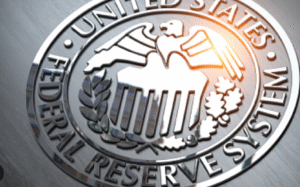
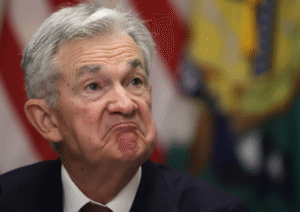
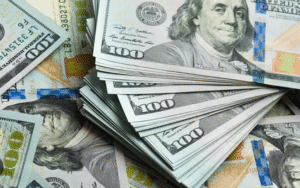
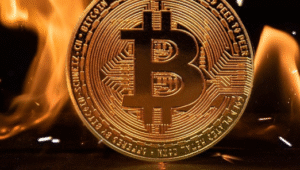

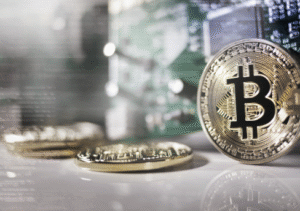

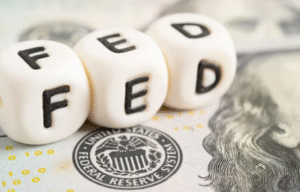
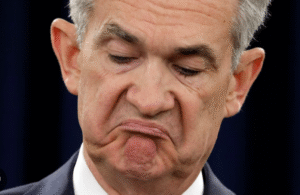
Comments are closed.